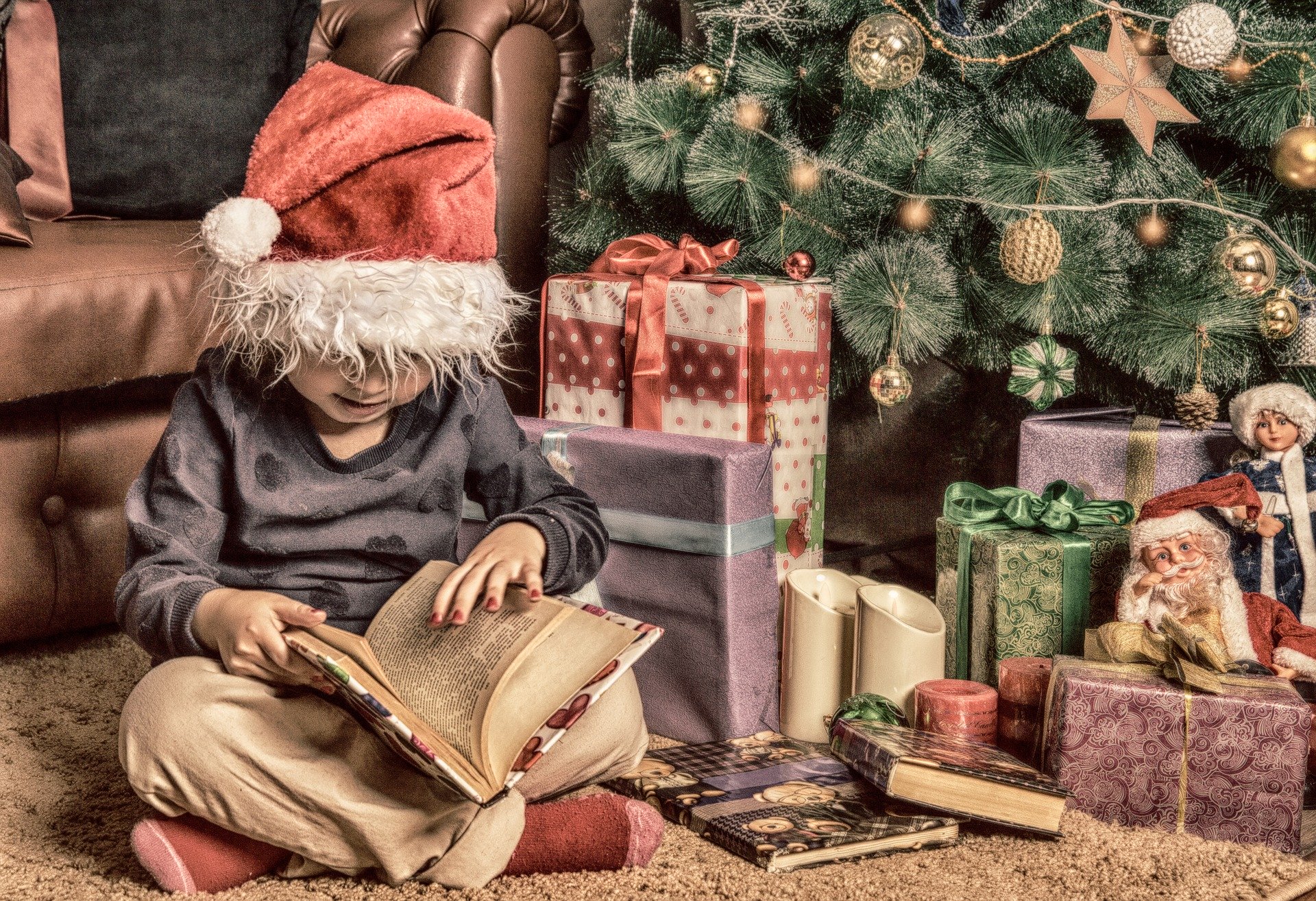Argomenti trattati
Christmas is approaching and people are already planning every little detail to spend a pleasant day. December 25th is a special, magical day – but have you ever wondered how do people celebrate Christmas around the world? For instance, will there be a Christmas tree, letters to Santa Claus, a living nativity scene, a Christmas Eve dinner and presents to unwrap all over the world? Let’s find out together!
Christmas Around the World: Canada
Christmas in Canada is all about the Christmas tree with its decorations, the crib and the exchange of gifts for the little ones. As a result, the family is the central focus of the holidays. The traditions are not the same throughout the country, but there are some very special and curious ones.
In Labrador City, for example, there is a competition for the best decorate house with lights and ice statues outside. In Nova Scotia, Christmas traditions include the consumption of lobster and seafood instead of the classic turkey. This area is also famous throughout the world for the presence of a very special giant Christmas tree. In fact, every year since 1917 it has been donated to the city of Boston in recognition of the help offered after the explosion in Halifax. In Quebec, on the other hand, the festivities begin in the first days of December and end around mid-January. The city is especially famous for the Santa Claus parade that takes place in Montreal.
United Kingdom
In the United Kingdom, Christmas is a highly anticipated and heartfelt holiday with great symbolic significance. It is the feast of children. In fact, they usually start waiting for it from November, when they write the famous letter in which they list the gifts they would like to find under the tree. “Father Christmas“, the British equivalent of Santa Claus, will then deposit the packages under the tree. To thank him, the English children leave him some milk and a mince pie, a typical English dessert.
Germany
As in Great Britain, the Christmas spirit comes already in Germany at the end of November. In fact, this month people begin to set up the first Christmas markets in the squares and streets of every city in the country. Almost all the products on display are the result of local craftsmanship. You will find candles, puppets, toys, balls decorated for the Christmas tree and also gastronomic products. Although the markets are already full of visitors in November, according to Germanic tradition the real festivities start on December 6th, on Nikolaustag Day.
Legend has it that, on the night of December 5, children prepare for the arrival of St. Nikolaus by leaving their shoes on the windowsill or outside the front door. During the night, St. Nikolaus wanders around the houses. He holds a large book in his hand on which he has noted down the behaviour of each child and carries a bag full of candy and wooden twigs on his back. The good children will find sweets in their shoes, while the naughty ones will only find twigs.
This tradition is still respected. However, instead of leaving their shoes outside, children hang colourful socks from the fireplace. Another curious aspect of the German Christmas tradition is that they wait until Christmas Eve to decorate the tree. In addition, the December 25th menu includes roast goose and Christmas carp.
Christmas Around the World: Africa
In African countries, the coexistence of different religious cultures and the massive presence of Catholic Missions has led to the development of a real Christmas tradition.
In Central Africa, Christmas often coincides with the end of the cocoa harvest. Workers on the plantations therefore have the opportunity to return to their families to celebrate. In Nigeria, in the days leading up to the nativity, the girls visit the houses in the area dancing and singing with the drums. Dancing and singing vary according to ethnicity. From the 25th onwards, on the other hand, men perform with wooden masks depicting characters linked to local customs.
Also in Africa there is the tradition of the Christmas tree which, however, is very far from the classic fir tree typical of the West. The most common ornament is made from a weave of palm leaves arranged to form an arch from which white flowers are hung and bloom at Christmas. In South Africa, where the festivity falls in the middle of summer, the celebrations take place outdoors, on the beach and flowers are the most common decorations.
Africans are a very cheerful and festive people. After spending the night with relatives and friends, people begin preparations for Christmas lunch. It is also customary to leave the front door open so that everyone feels welcome. People then exchange gifts consisting of food, both raw and cooked.
Japan
Christmas is quite popular also by the Japanese population, although in a different way from the West. In fact, people see Christmas as a period of widespread happiness rather than a religious celebration. On December 24th there is a holiday for lovers and families with small children.
Couples go out for dinner, especially to eat fried chicken and the famous Christmas Cake, a simple sponge cake with whipped cream, strawberries and pictures of Santa Claus. Also in Japan it is tradition to exchange a gift, but only between lovers. Santa Claus is called Santa-San by the Japanese (サンタさん), as they imported this holiday from the United States.

